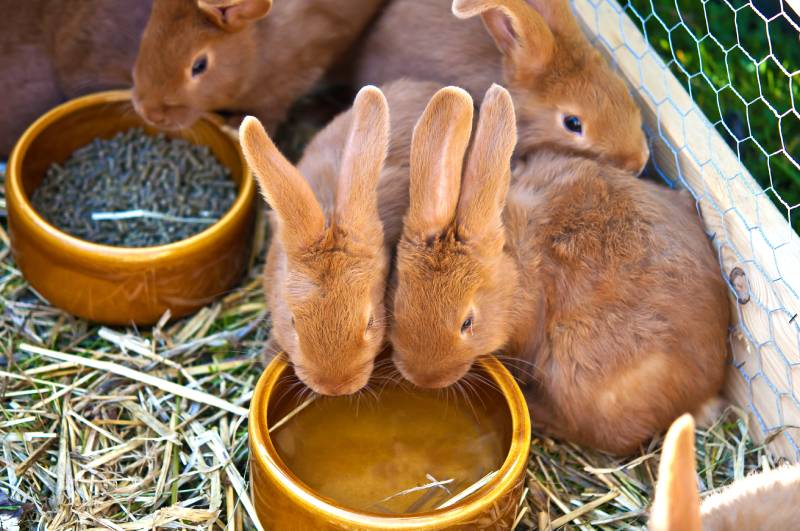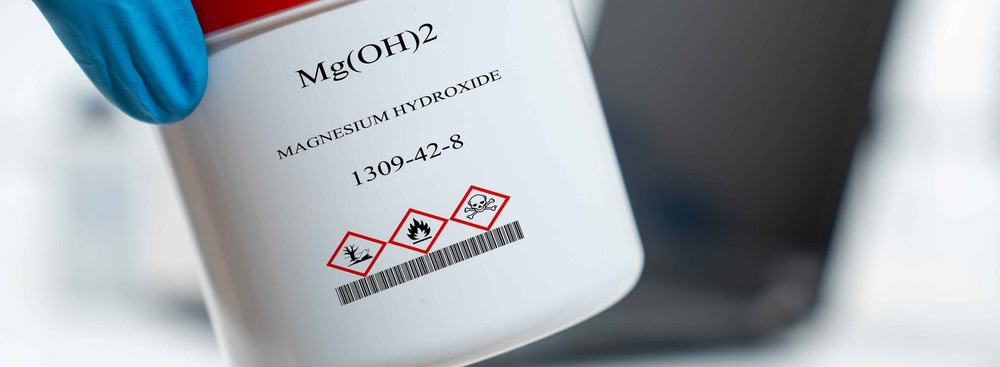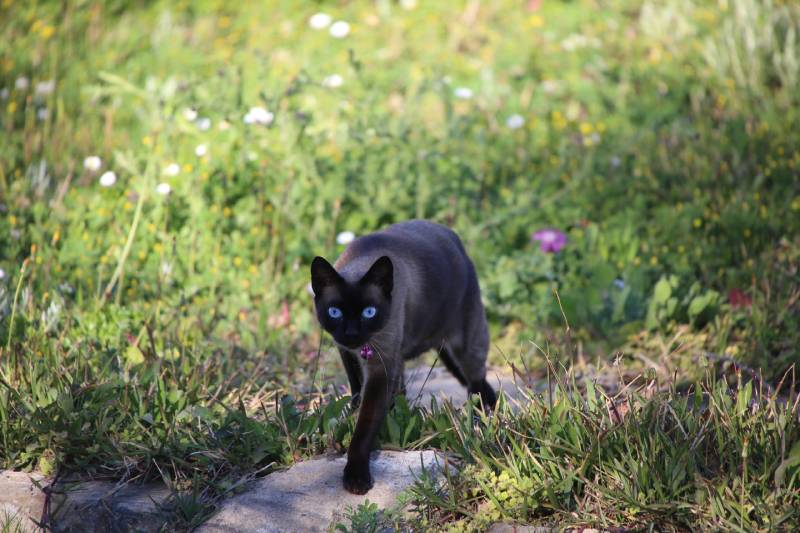VET APPROVED

The information is current and up-to-date in accordance with the latest veterinarian research.
Learn more »Water is an essential nutrient for all living creatures. Many animals can survive weeks or even months without food, but without water, most won’t survive more than a few days. So, how much water should a rabbit consume each day? As a rule, most rabbits will drink between 100 and 150 ml of water per kilogram of bodyweight, depending on their health, the weather, and their diet.
Read on to learn more about the relationship between water and rabbits.

Why Do Rabbits Need Water?
Water makes up approximately 2/3 of a mammal’s body, and rabbits are no exception. H2O is essential for all basic bodily functions: circulation, digestion, motor functions, waste removal, and everything in between.
Water is constantly lost from the body via waste removal and evaporation from the breath, and this loss must be constantly replenished. If deprived of water for more than 24 hours, rabbits can start to experience the effects of dehydration, and this window is even shorter in dry, hot conditions.
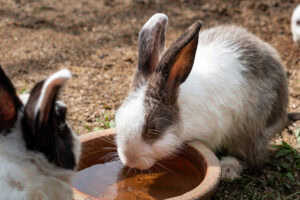
How Much Water Do Rabbits Need?
Fresh, clean water should be accessible 24 hours a day. Rabbits have a naturally higher water intake compared to many other animals due to the types of food that they consume and how that food is digested. Their normal daily intake is between 100 and 150 ml per kilogram of bodyweight daily. Compare that to the 50–100 ml for dogs and cats. So, a 5-pound rabbit can ingest as much as 340 ml of water daily between liquid water and the water found in their veggies.
Several factors can influence how much your bun drinks.
- If the weather is hot
- If the weather is dry
- If they’re highly active
- If their diet is made up of more dry ingredients
- If they’re shedding
How Can I Encourage My Rabbit to Drink More?
Now that you know how much rabbits should be drinking on average, what should you do if yours isn’t drinking enough? First, have a look at their diet. Bunnies that eat quite a lot of fresh veggies will naturally drink less than those that consume drier foods. But if you are still concerned that your pet may not be hitting their daily H2O quota, there are several things you can do to encourage them to consume more water, including:
- Provide a bowl and a bottle of water so they can choose which method they prefer. This is particularly important in warm conditions, as rabbits will often struggle to drink enough from a dropper bottle alone.
- Leave excess water on their daily salads.
- Replenish the water supply throughout the day to keep it fresh, and ensure that it isn’t getting too warm.
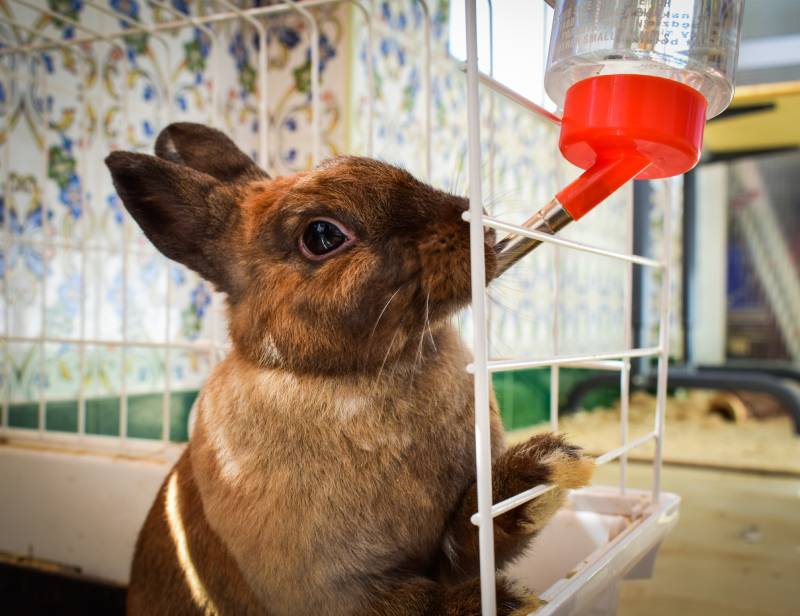
What If My Rabbit Is Drinking Too Much?
If you notice your pet spending more time than usual in front of their water bowl, it could be a sign that there is something wrong.
- Excessive urination (polyuria): Kidney disease, liver disease, or diabetes (rare in rabbits) will naturally lead to polydipsia.
- Infection: Urinary tract infections will often trigger polydipsia as a means of flushing out the infection.
- Fever (pyrexia): Increased body temperature often stimulates thirst.
- Behavior: Some rabbits will simply like to drink water, and more active bunnies will need more water.
- Weather: This doesn’t always include hot weather; dry or windy days can also increase evaporation and trigger thirst.
If you are worried that your rabbit is drinking more, especially if it is unusual for them or if you notice other changes, make an appointment with your veterinarian. They will perform a thorough exam to determine the cause of your pet’s excessive thirst and provide an appropriate treatment plan depending on their findings.

Conclusion
Most rabbits will drink between 100 and 150 ml of water per kilogram of bodyweight daily. If yours is drinking significantly more or less than that, you might consider making an appointment with the vet. It could just be that the weather is warmer than usual or that they’ve been extra active, but it’s always best to get your pet’s unusual behaviors checked out for peace of mind.
Featured Image Credit: windyotter, Shutterstock
